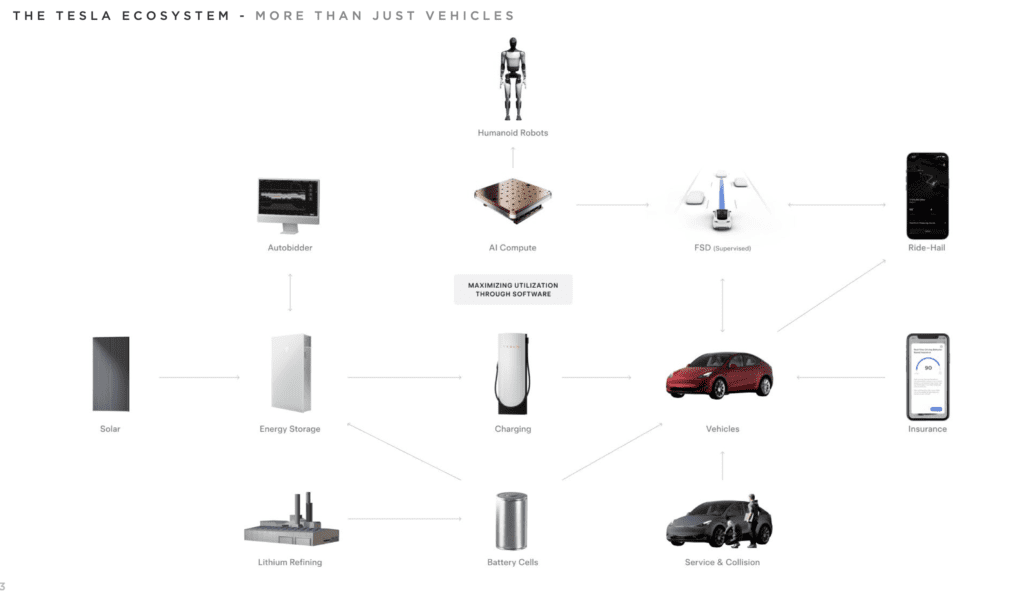Seamless Integration, Fleet Management, and Future Ambitions Unfold
- App Preview and Features: Tesla revealed the interface of its upcoming Robotaxi app, showcasing user-friendly features like climate control adjustments and real-time tracking on a 3D map, akin to existing ride-hailing services but with a distinct Tesla twist.
- Fleet Management Strategy: Elon Musk described Tesla’s dual approach to fleet management, comparing it to a mix of Airbnb and Uber, where both company-owned and customer-owned vehicles can operate within the fleet.
- Long-Term Vision and Current Limitations: Despite the ambitious rollout of the Robotaxi, Tesla continues to face challenges in achieving full vehicle autonomy, with ongoing developmental hurdles and regulatory scrutiny.

Tesla’s recent earnings report provided a tantalizing preview of its much-anticipated Robotaxi ride-hailing app, setting the stage for a potential industry shake-up. Slated for an official unveiling in August, the app promises to integrate Tesla’s hallmark innovation with the practicalities of modern transportation. Elon Musk, Tesla’s CEO, shared screenshots of the app which include a summon button, estimated wait times, and interactive features allowing users to tailor their ride experience, such as setting the vehicle’s climate and selecting music.
Technology and User Experience
The app’s interface borrows visually from popular platforms like Uber but injects unique elements that reflect Tesla’s technological ethos. Passengers can monitor their ride’s approach via a detailed 3D map and enjoy a customized in-cabin experience even before entering the vehicle. This level of customization extends to the ride itself, suggesting a seamless and engaging user experience.
Operational Model
Musk’s comparison of Tesla’s operational strategy to Airbnb and Uber highlights a flexible model where vehicle ownership and operational roles blur. Customers can choose to enlist their personal Tesla vehicles into the Robotaxi fleet, potentially earning revenue, akin to renting out a property or providing a ride. This model not only maximizes fleet availability but also allows Tesla to scale operations without bearing the full cost of fleet expansion.

Challenges and Regulatory Landscape
Despite the progress and bold plans, Tesla’s path to fully autonomous ride-hailing is fraught with technical and regulatory challenges. Tesla’s vehicles, equipped with Autopilot and Full Self-Driving capabilities, require active driver supervision, contradicting the fully autonomous operations envisioned for Robotaxi. The legal implications of autonomous driving remain a significant hurdle, with Tesla facing multiple lawsuits related to its driver-assist systems.
Moreover, Musk’s ambitious timelines have historically seen delays, and the actual deployment of a fully autonomous fleet may be further on the horizon than Tesla anticipates. Competitors like Waymo and Cruise are also advancing their autonomous vehicle technologies, which could intensify the race for market dominance in autonomous ride-hailing.
Future Prospects
As Tesla prepares to launch its Robotaxi service, the implications for urban mobility are profound. A successful rollout could revolutionize the way cities approach transportation, reducing the need for personal vehicle ownership and reshaping urban traffic patterns. However, Tesla must navigate a complex landscape of technological development, customer adoption, and regulatory approval to realize its vision for a driverless future.
While Tesla’s preview of its Robotaxi app has sparked interest and optimism, the journey towards a fully autonomous ride-hailing service is still underway, with significant milestones yet to be achieved.
